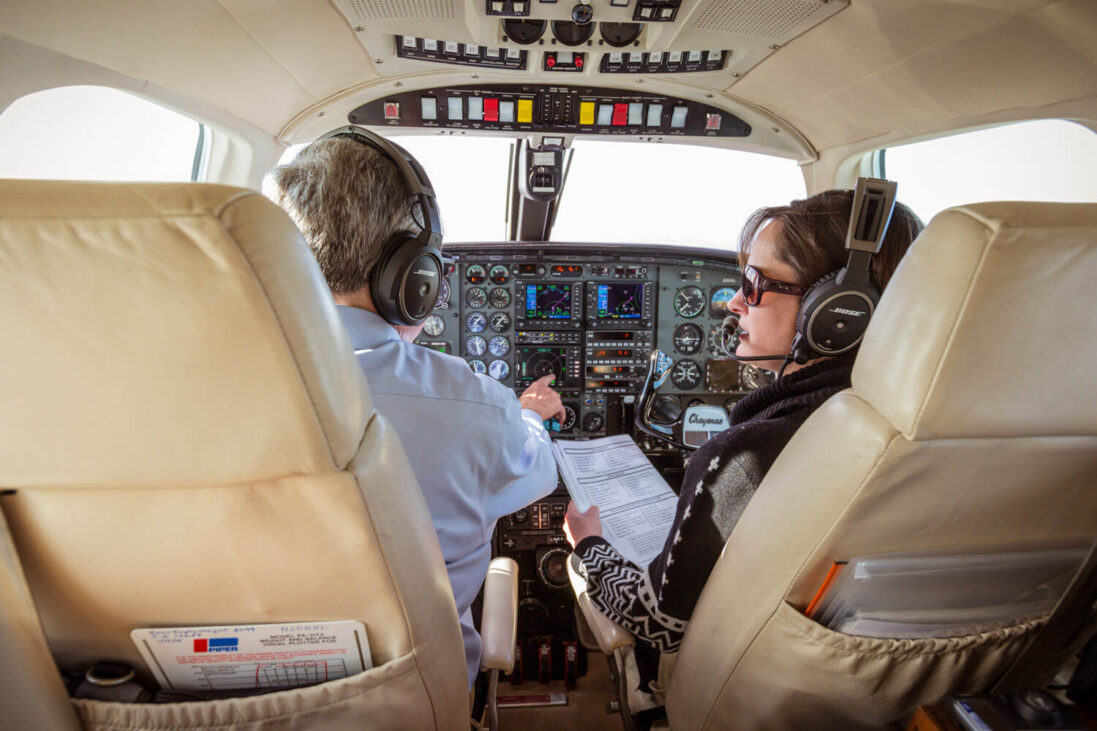
March 4, 2020
The FAA recently published draft Advisory Circular (AC) 91-67A, “Minimum Equipment Requirements for General Aviation Operations Under 14 CFR Parts 91, 133, 137 and 141” to describe acceptable methods for operating aircraft with certain inoperative instruments and equipment, and in part to ensure international standardization.
Essentially, the AC revises FAA policies for the approval and use of minimum equipment lists (MELs) and would subject Part 91 MELs to an ongoing approval process. The process proposed in the AC would require review of each operator’s MEL upon initial issuance of the LOA and again upon each revision of the MMEL.
NBAA submitted comments to the FAA, outlining a number of concerns with the draft AC that focused on compliance with international standards; clarity and simplification; a data driven and scalable solution.
Since 2017, Safety Assessment of Foreign Aircraft inspections in Europe have resulted in safety findings for U.S. Part 91 operators due to differences in the FAA MEL process.
U.S. Part 91 operators may request FAA authorization to use a master minimum equipment list (MMEL) in order to defer repairs of and consequently fly with certain inoperative equipment, in accordance with §91.213. Use of the MMEL is demonstrated through letter of authorization D095.
However, EASA interprets ICAO Annex 6 Part II, “International General Aviation”, Section 3, “Large and Turbojet Aeroplanes” 3.6.1.1, which speaks to MMELs, differently from the FAA interpretation.
EASA requires an MEL to be tailored to the systems and configuration of the individual aircraft, and to address variables including type of operations conducted, operating environment and other factors potentially impacted by inoperative equipment. Therefore, the agency generally doesn’t consider an MMEL to be an appropriate manner of deferring a maintenance discrepancy.
Noncompliance can result in safety findings or, in the case of a discrepancy deferred by MMEL instead of an MEL, grounding of the aircraft until the discrepancy is repaired.
“NBAA’s primary concern relates to the newly proposed ongoing review process required for Part 91 MELs,” said Brian Koester, NBAA’s director, flight operations and regulations. “The FAA regulates more business aircraft than the rest of the world combined. We worry that, with the current FAA workforce, this proposal would leave aircraft grounded due to administrative delays.
“NBAA started discussions with the FAA on this issue when it first surfaced in 2017,” said Koester. “We appreciate FAA being receptive and will remain engaged until operators have an MEL solution that is recognized globally.”


 International Business Aviation Council Ltd.
International Business Aviation Council Ltd.